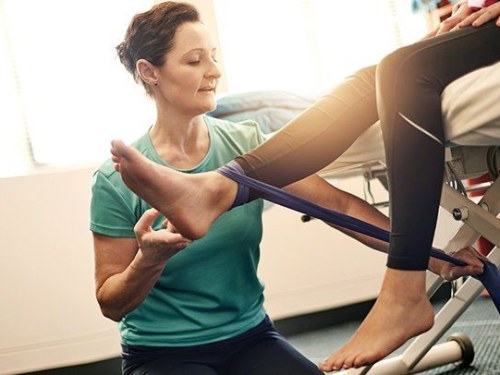Stiff joints can significantly impact daily life, limiting mobility and causing discomfort. Whether due to aging, injury, or underlying conditions such as arthritis, managing joint stiffness effectively is crucial for maintaining quality of life.
One of the most important steps in addressing stiff joints is staying active. Regular movement helps lubricate the joints, reduces stiffness, and strengthens the surrounding muscles. Low-impact exercises such as walking, swimming, or cycling are particularly beneficial. Incorporating gentle stretching routines or yoga can also improve flexibility and ease tension around the joints.
Applying heat or cold therapy can provide relief from joint stiffness. Heat helps relax muscles and increase blood flow, which can reduce discomfort and improve joint mobility. Warm baths, heating pads, or warm towels are common methods. Cold therapy, including ice packs or cold compresses, can reduce inflammation and numb pain, especially after overuse or injury.
Maintaining a healthy weight is another critical factor in managing stiff joints. Excess body weight places additional stress on weight-bearing joints like the knees and hips, exacerbating stiffness and pain. A balanced diet rich in anti-inflammatory foods—such as fruits, vegetables, whole grains, and omega-3 fatty acids—can support joint health and overall well-being.
Over-the-counter medications like nonsteroidal anti-inflammatory drugs (NSAIDs) may help alleviate pain and reduce inflammation associated with stiff joints. However, it’s essential to use these medications under the guidance of a healthcare professional to avoid side effects.
In some cases, physical therapy can be highly effective. A physical therapist can design a personalized exercise plan to improve joint function and reduce stiffness while ensuring movements are safe and appropriate for your condition.
If stiffness persists or worsens despite these measures, it’s important to consult a healthcare provider. Persistent joint stiffness could indicate an underlying medical condition that requires targeted treatment, such as rheumatoid arthritis or gout.
In summary, managing stiff joints involves a combination of regular physical activity, proper weight management, heat and cold therapies, and appropriate medical interventions when necessary. With consistent care and attention, individuals can often regain mobility and reduce discomfort associated with joint stiffness.

